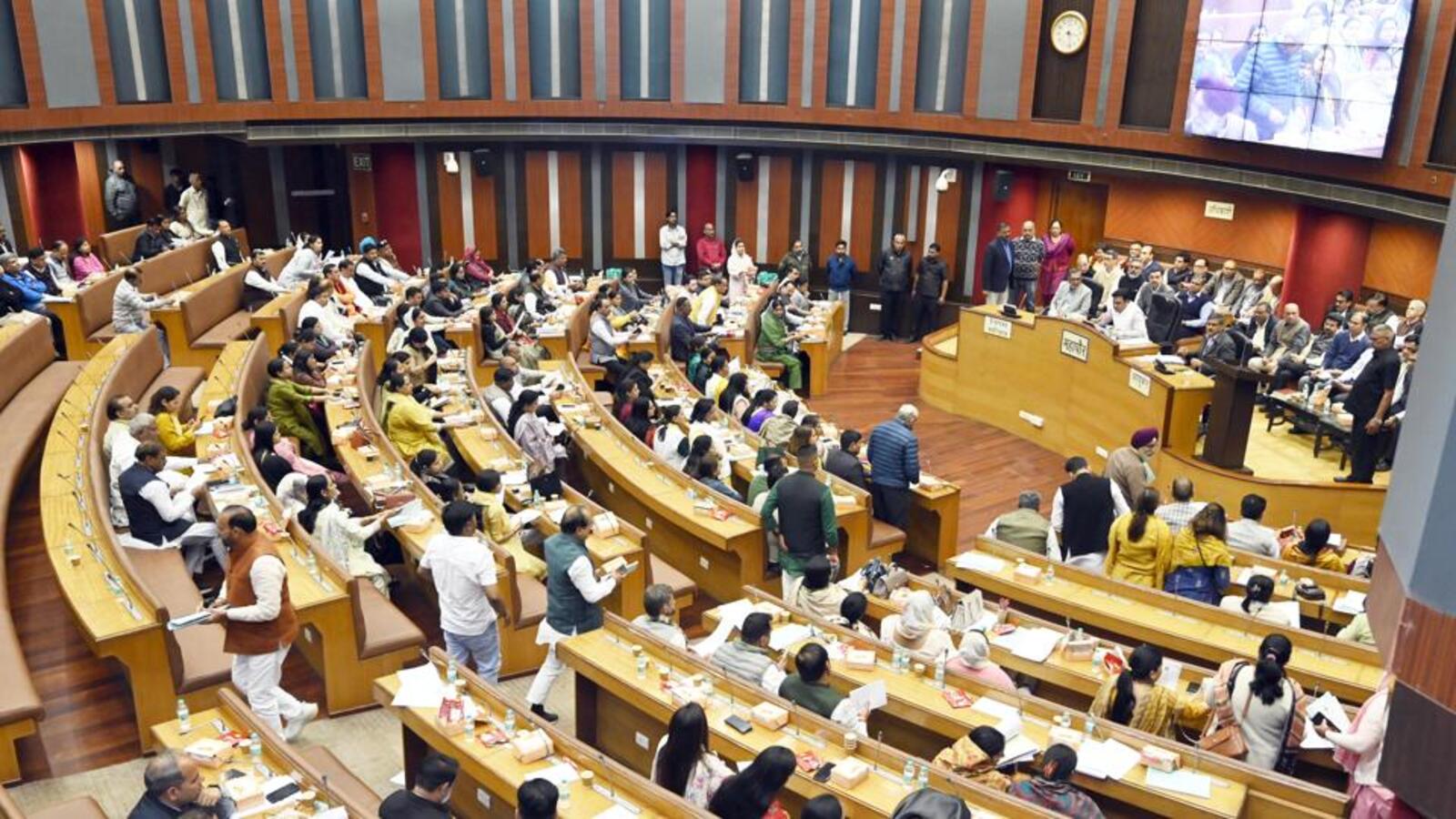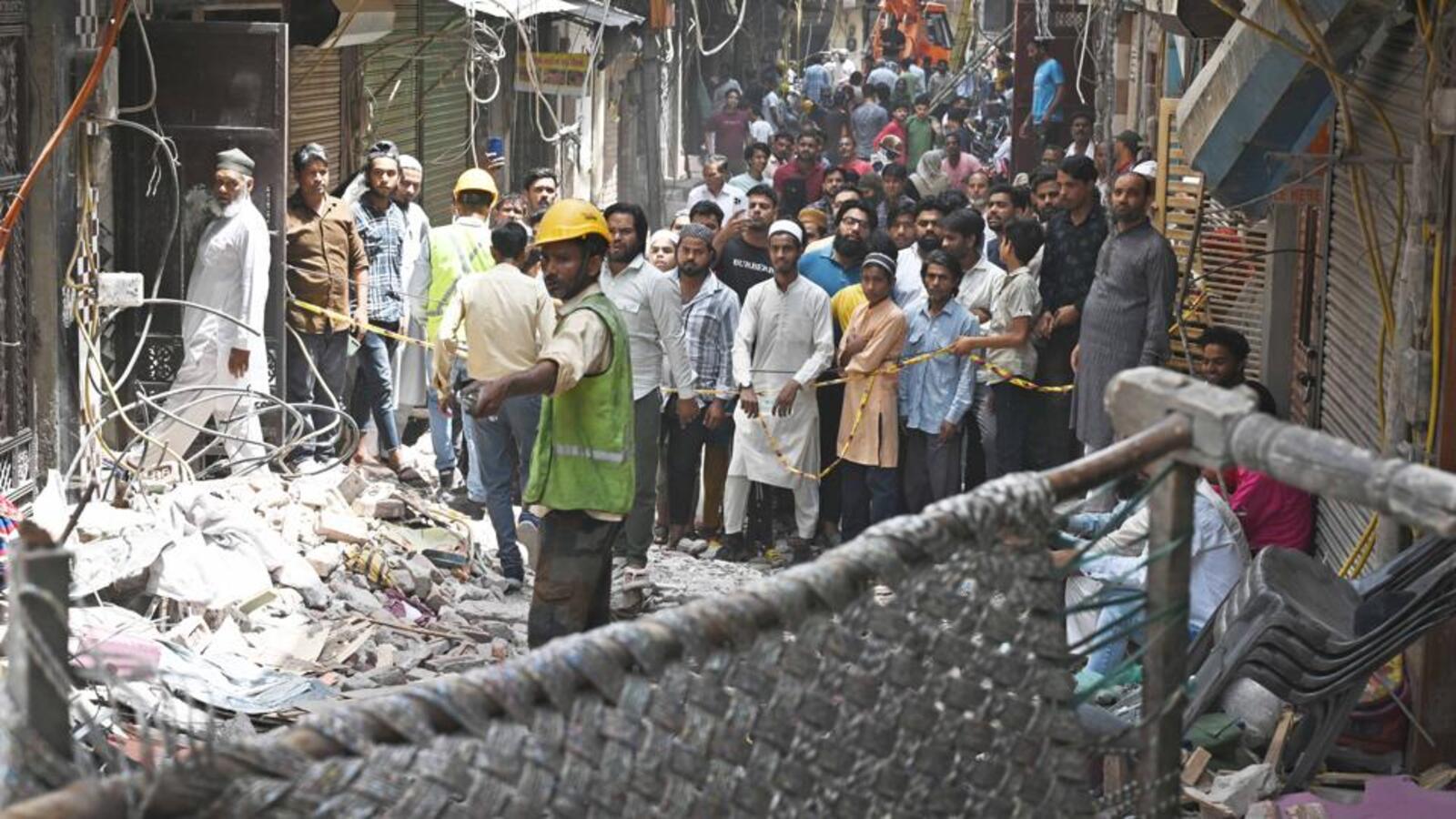Gurugram, buoyed by infrastructure developments and the realisation of developmental vision in areas along the Dwarka Expressway, led the way in propelling Delhi-NCR to record the highest year-on-year property price growth among India’s top cities in the first quarter of 2025, according to realty reports and studies.

Gurugram not only led the way for the highest year-on-year price hike among the top eight cities, according to a report by realty expert Knight Frank India, with a CREDAI-Colliers-Liases Foras study estimating a 58% year-on-year surge in values of property located along the expressway since the last quarter of 2024, surpassing all other micro-markets in the country.
The Dwarka Expressway chiefly comprises newer parts of Gurugram, encompassing sectors 99 to 114.
Sandeep Chhillar, founder and chairman, Landmark GOC, said, “The catalyst behind Gurugram’s breakout year lies in infrastructure, and Dwarka Expressway is a textbook case of how connectivity transforms value. The corridor is not just improving mobility but also elevating lifestyles. We are witnessing a dramatic shift in buyer preference towards large and premium homes, especially 3 and 4 BHKs, as affluent buyers seek more than just square footage. As revealed by CBRE, luxury housing sales in Delhi-NCR grew by 28% year-on-year in 2024, and Dwarka Expressway played a key role in this surge. This corridor will continue seeing portfolios aligned with these growth arteries, catering to the lifestyle needs in the future.”
According to the report by CREDAI, Colliers, and Liases Foras, high demand for properties along the Dwarka Expressway is being fuelled by its seamless connectivity, ongoing infrastructure upgrades, and strategic location near key commercial hubs and the Indira Gandhi International Airport. “These factors have solidified the corridor’s reputation as a prime real estate destination, attracting a growing number of investors and homebuyers looking for both convenience and long-term value,” it said.
While housing prices among eight major cities — Pune, Bengaluru, Hyderabad, Mumbai Metropolitan Region, Kolkata, Ahmedabad, Chennai and Delhi-NCR — saw a 10% average increase during the December quarter, primarily due to robust demand and rising input costs, Delhi-NCR logged the highest annual appreciation, of 31%, from October to December 2024.
“Delhi-NCR led the price surge, with an impressive 31% annual growth in Q4 2024, followed by Bengaluru, where prices climbed 23% during the same period. Among other cities, Ahmedabad recorded a 15% annual increase, bringing average prices to ₹7,725 per square foot on a carpet area basis. In Bengaluru, prices reached ₹12,238 per square foot, a 23% rise, while Chennai saw a 6% gain to ₹8,141 per square foot. Delhi-NCR, the standout performer, reached an average price of ₹11,993 per square foot,” it said.
The report also pointed out smaller price increases in other cities: Hyderabad’s average housing prices grew by 2% to ₹11,351 per square foot, Kolkata saw a 1% rise to ₹7,971 per square foot, and the Mumbai Metropolitan Region (MMR) posted a 3% increase, taking average prices to ₹20,725 per square foot. Pune experienced a 9% annual price growth, with average rates reaching ₹9,982 per square foot.
In summary, the report underscored strong year-end performance across India’s primary property markets, led by Delhi-NCR’s impressive 31% annual gain and healthy momentum in cities like Bengaluru and Ahmedabad.
Residents and homebuyers in properties along the Dwarka Expressway were a buoyed lot, although many said that developmental challenges remain.
Sunil Sareen, a resident of Imperial Garden, Sector 102, and the deputy convener of the Dwarka Expressway Group Development Authority (DXPGDA), recalls the early days of uncertainty. “When I first moved here, it was a gamble. The promise of the expressway was years away from reality, and we faced delays and poor connectivity. But today, that gamble has paid off. The road is open, the infrastructure is improving, and you can feel the momentum in the air.”
With traffic issues especially being alleviated, residents who once spent hours navigating potholed roads reported faster commutes and improved quality of life.
Piyush Verma, a resident of Sobha City, Sector 108 said, “While the expressway has brought value to our properties, we still need better local amenities and quicker resolution of pending work like service roads and pedestrian pathways. These are essential for creating a truly resident-friendly environment.”
For Yashesh Yadav, president of the Dwarka Expressway Welfare Association, the transformation is bittersweet. “There’s no denying that the expressway has given Gurugram a fresh identity. Property prices are up, and developers are queuing to launch new projects. But residents who’ve been here for years still struggle with inconsistent water supply, patchy electricity, and delays in getting civic infrastructure aligned with the expressway’s rapid development.”
Yadav said the community has played a crucial role in lobbying for these improvements. “We have spent years attending hearings, meeting officials, and raising our voices so that the expressway would finally take shape. Now that it’s here, we’re continuing to push for better public utilities, safety measures for pedestrians, and more green spaces. It’s about making this place liveable, not just a high-priced real estate corridor.”
Realty experts said that from a resident’s perspective, the influx of new developments—while welcome—also brings concerns about overcrowding and environmental sustainability.
Gurpal Singh Chawla, managing director of TREVOC Group, said: “We have seen exponential growth in housing supply along the expressway, but this growth needs to be managed carefully. Residents worry about whether the existing infrastructure can handle the additional population. Traffic has improved in some areas, but bottlenecks still appear, especially near entry and exit points.”
Ishaan Singh, director, AIPL, said, “The Dwarka Expressway is rapidly transforming into a prime real estate corridor in Gurugram. With a remarkable 58% surge in property prices, this 29-kilometre stretch is attracting significant attention from investors and homebuyers alike. Also, focusing on the expressway’s strategic location, connecting Dwarka in Delhi to Gurugram, enhances its appeal.”
Despite these concerns, many residents are optimistic about the long-term benefits of living along the expressway. Residents said they are chiefly pushing for a balance between development and sustainability, ensuring that the Dwarka Expressway doesn’t just thrive as an investment destination but also as a place to call home.
The Dwarka Expressway has evolved into a robust 27.6-kilometre-long corridor that is poised to redefine urban mobility and living standards. The Haryana section, inaugurated by Prime Minister Narendra Modi, and ongoing infrastructure enhancements — including multilevel interchanges and a direct tunnel to the IGI Airport — promise to significantly ease travel times and congestion.












Leave a Reply